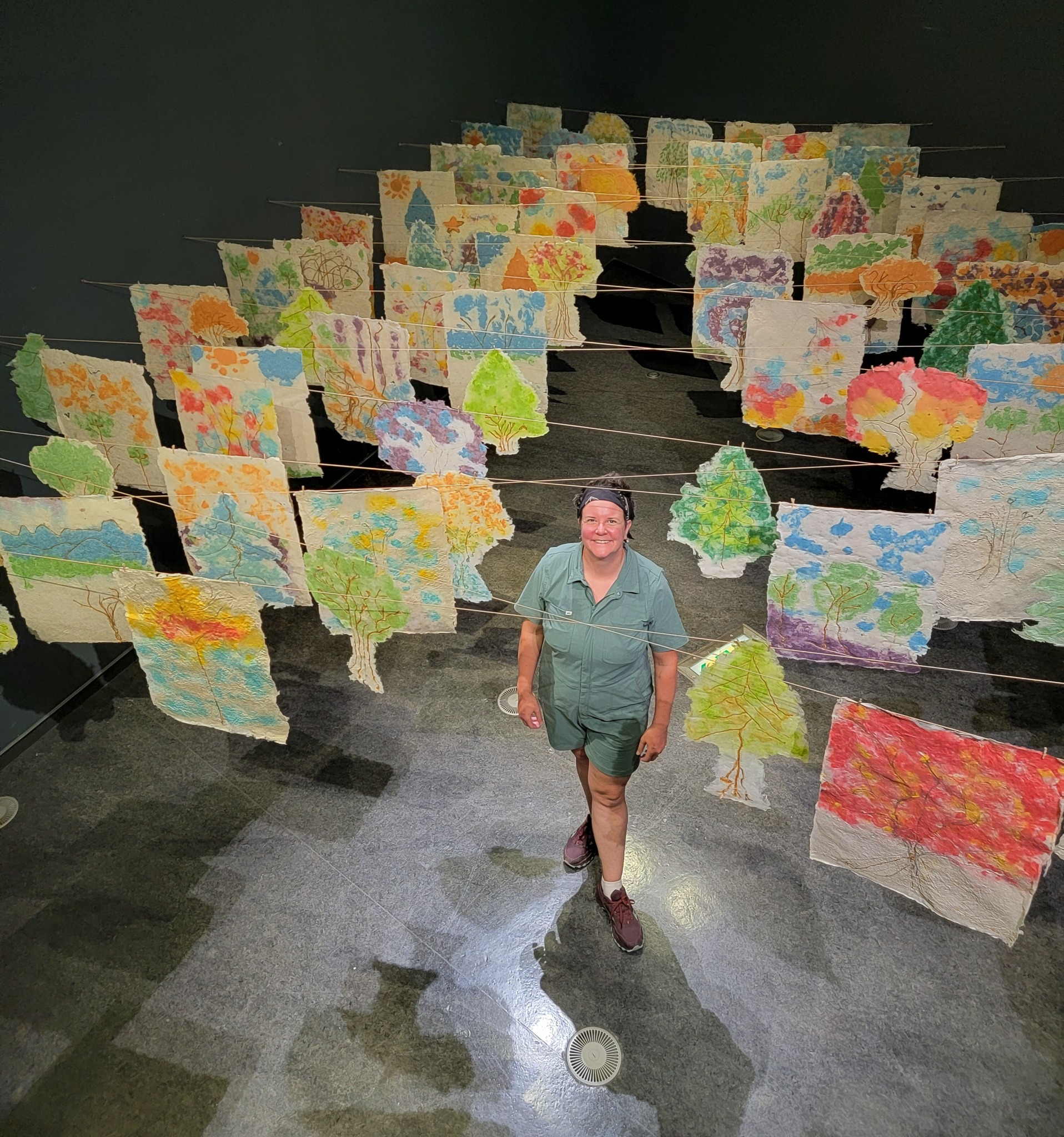We caught up with the brilliant and insightful Kristen Tordella-Williams a few weeks ago and have shared our conversation below.
Kristen, thanks for joining us, excited to have you contributing your stories and insights. Can you talk to us about a project that’s meant a lot to you?
One of my most meaningful projects was my first large scale public artwork, the “Eudora Welty Wreath” (2016). I learned so much from this process, from applying to grants and sourcing funding, to working with a partner and including the public in the making of the piece, and the technical understanding as I made the work on how to make a large mold and finish/install a large casting.
The Eudora Welty Wreath consists of castings of library patrons’ hands and used books. Each hand has unique characteristics and acts as a snapshot of each individual patron as they contribute to the social and cultural fabric of Jackson, MS. I cast the dominant hand, as it is our connection with tools and our sense of the world around us, using alginate. Alginate, an algae based dental casting material, creates a highly detailed negative impression from each person’s hand. After each casting workshop, I poured liquid plaster into the alginate negatives which hardened into a positive casting of each volunteer’s hand. These multiple textures and histories were combined into a wreath form that was cast in iron at Sculpture Trails Outdoor Museum in July, 2016.
After it was cast, the learning continued. I originally hoped to return the piece to the Eudora Welty Library in downtown Jackson, MS, but the library building was under threat. I showed it in several exhibitions across the Southeast but always wanted to return the sculpture to Jackson. I’m grateful to Downtown Partners and the City of Jackson for accepting the work and to the Mississippi Museum of Art for providing a place for it in their Art Garden. It’s now in the City’s permanent collection and available to all in the Garden. A whole village of folks helped me with this work and this process deeply influences how I approach large scale and socially engaged projects.
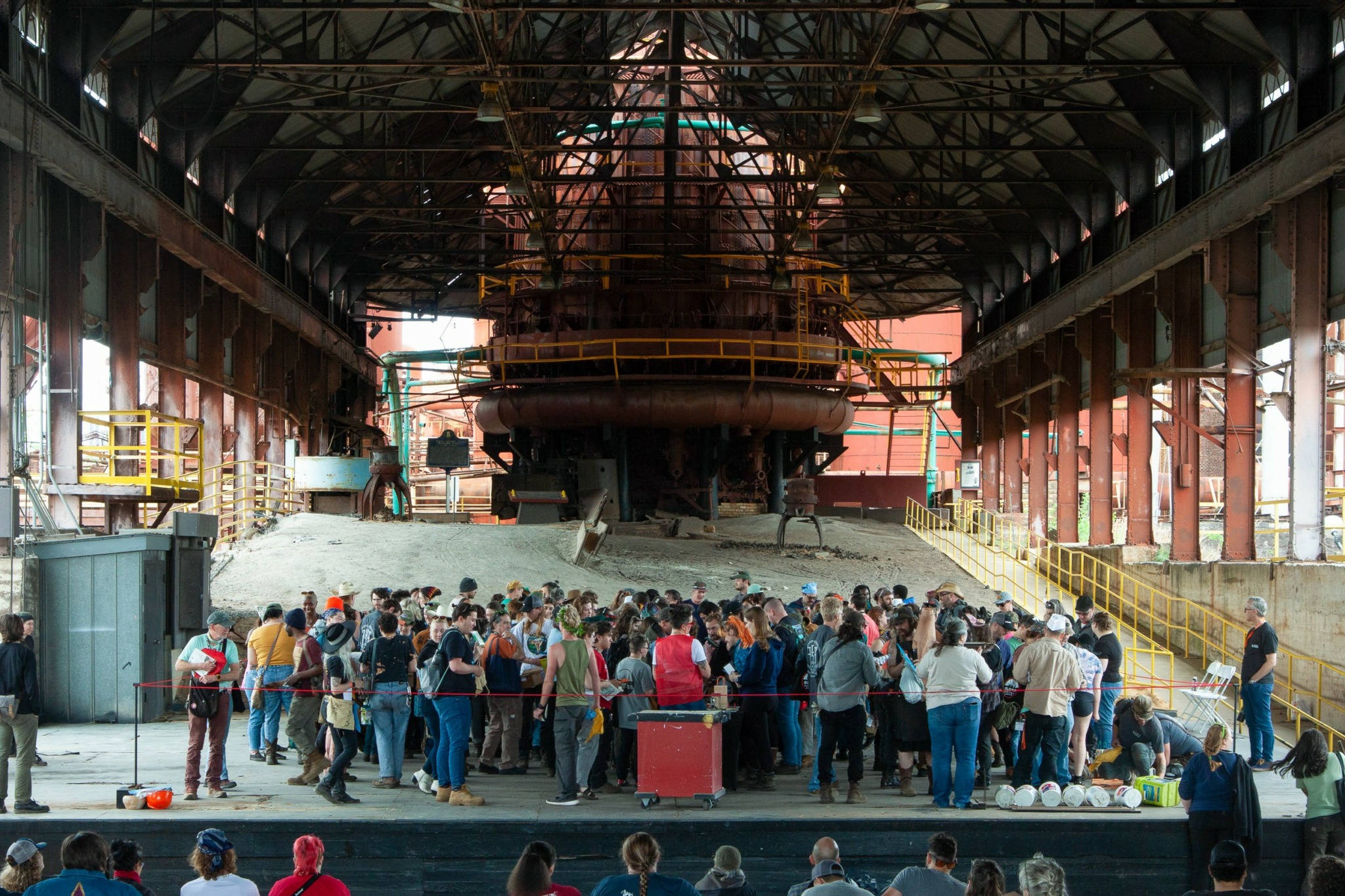
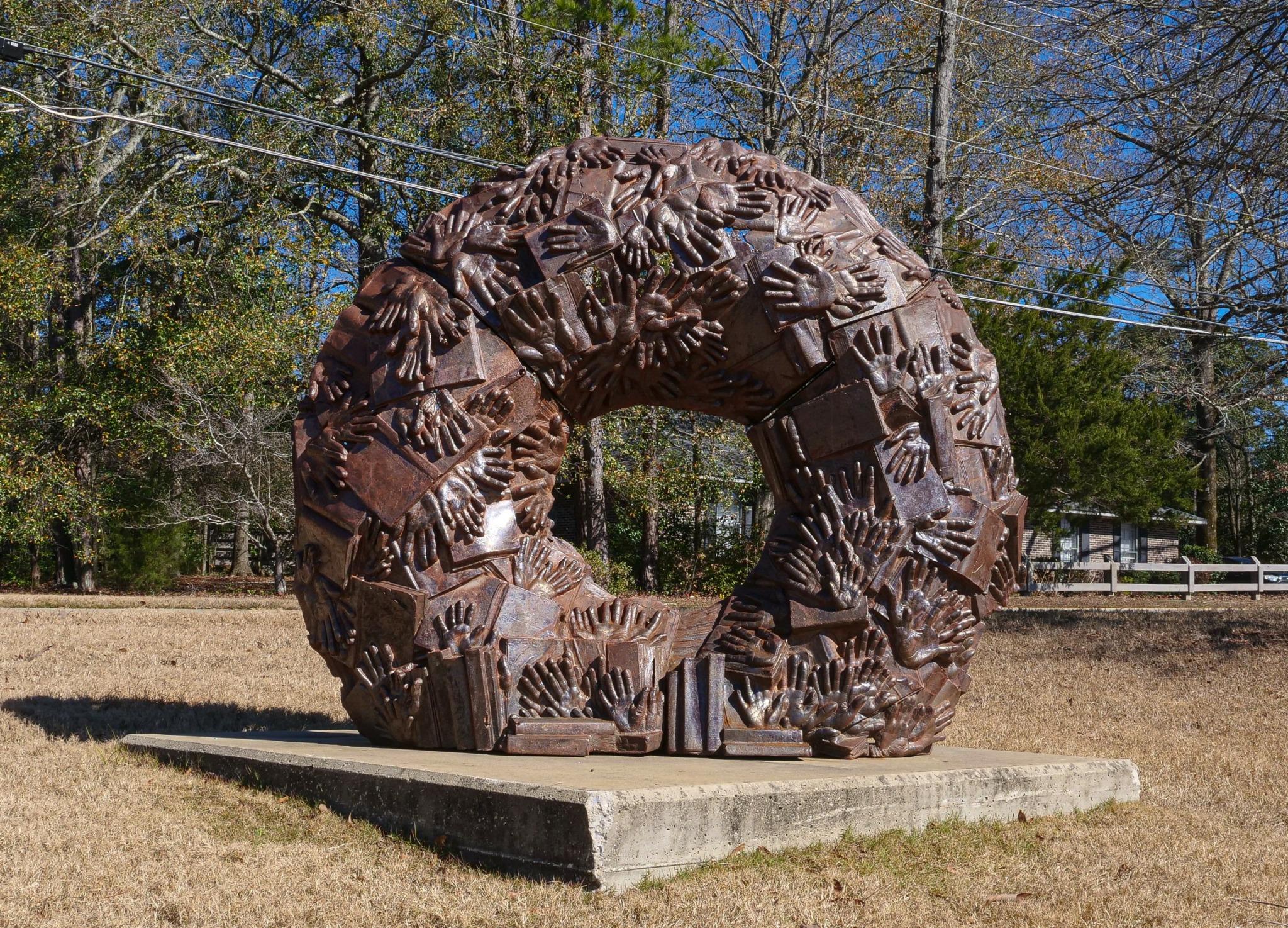
As always, we appreciate you sharing your insights and we’ve got a few more questions for you, but before we get to all of that can you take a minute to introduce yourself and give our readers some of your back background and context?
I am an educator and artist who lives in Opelika, AL and am currently an Associate Professor of Sculpture at Auburn University. I grew up in Massachusetts as the youngest of four in a DIY family who went on plenty of adventures in the greater New England area. My parents encouraged us to explore, read, and help out around the house and instilled a sense of adventure and hand skills from carpentry to cooking and sewing. When I was considering my career path and reflecting on what really excited me in school, I chose to study art at the University of Massachusetts, Dartmouth. We had a great high school art program and I thrived in the photography darkroom. I really didn’t have a great understanding of the career potential of being an artist, I just knew I wanted to make things and my photo teacher supported my aspirations. As I went through school, I worked summer/winter breaks at my dad’s home renovation business ripping out bathrooms and basements and remodeling people’s homes.
I found sculpture at UMass through their Foundations program and later decided I wanted to continue to graduate school to become a professor. I went to Alfred University and had a formative experience. It’s a tight knit, small school where there’s not much else to do but make art and talk about your work with your friends and professors. It was a true crucible. During this time, I processed a lot of the sexism I experienced in the construction business through durational performance art. Most of my work revolved around performances and documenting those experiences through performance ephemera, video, and print.
After grad school, I bounced around doing sabbatical replacements and then was hired to teach at Millsaps College, a small liberal arts college in Jackson, MS in 2014. The famous Faulkner line “To understand the world, you must first understand a place like Mississippi” holds true. I learned and was humbled by living in Mississippi and became a stronger teacher thanks to this experience. My work returned back to object making exploring both handmade paper and cast iron. Being “not from around here” but also deeply influenced by the exposure of insitutional racism obvious in Mississippi guided the themes of the work I was making. I was able to find a community of sculptors through casting iron as well as the Mid South Sculpture Alliance.
This growth led me to desire new challenges and I moved to take a position at Auburn University in 2021. I’ve continued to investigate the materiality and processes of handmade paper and cast iron as well as using the two materials in tandem. The inherent assumptions of strength or fragility in either material continue to absorb me as well as the conceptual connotations of using industrial and agricultural raw materials to layer my own labor with that of others. My experience working in construction brought an understanding of the physical demands of labor as well as respect towards the history of labor and unions in our country. I will often layer local or national histories of labor into the work I’m making. Right now, I’m using raw cotton from Alabama and often cast iron at Sloss Furnaces National Historic Landmark. When I’m lucky enough to be at a residency, I will do additional research into the landscape through photography or archival exploration like with the sardine industry in Eastport, ME or the investment in reforestation in Kijimadaira, Japan. The cultural and ecological landscape that surrounds and influences us today is predicated on a tapestry of past labor. My work today visualizes those complex histories in installation and public artworks.
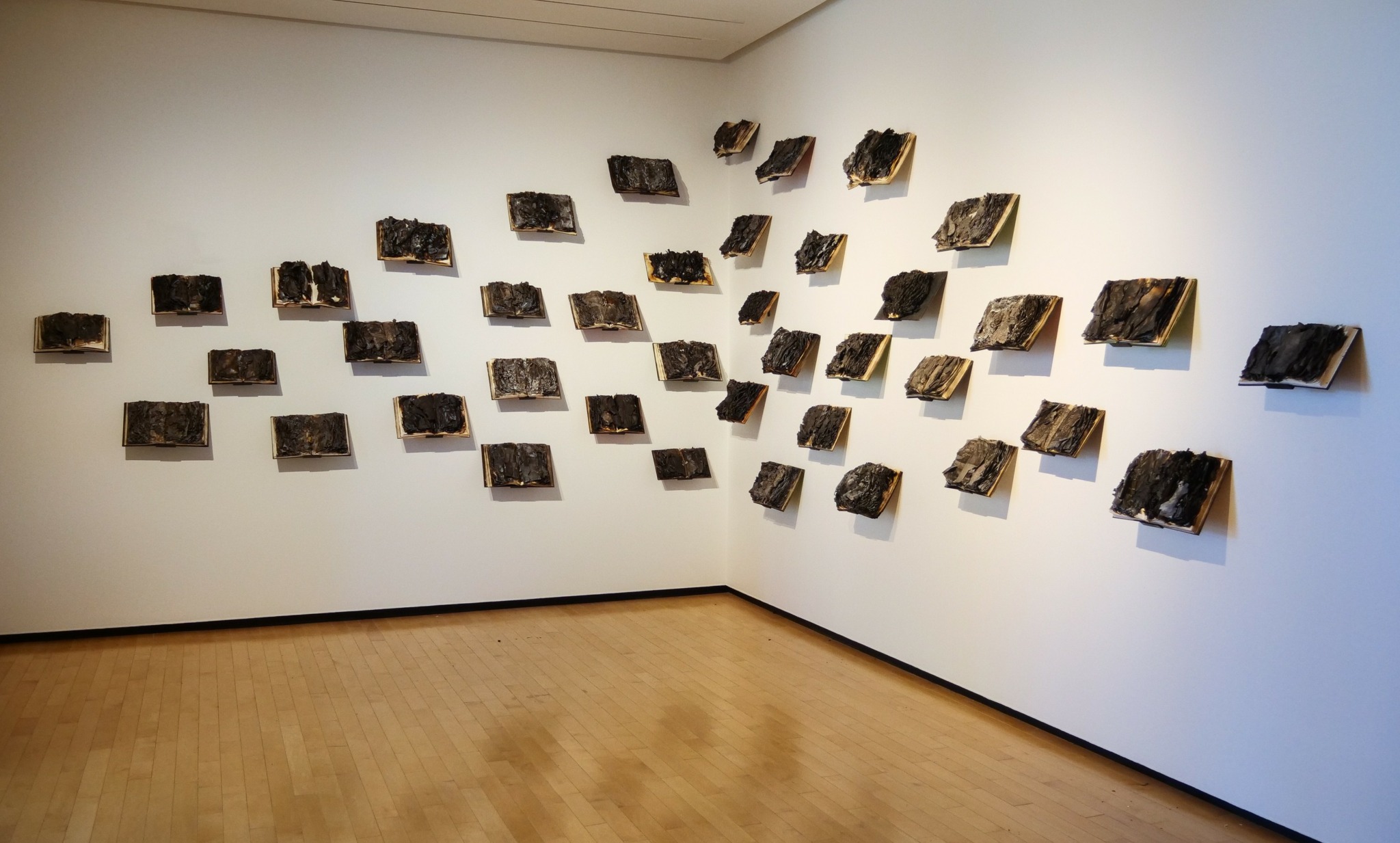
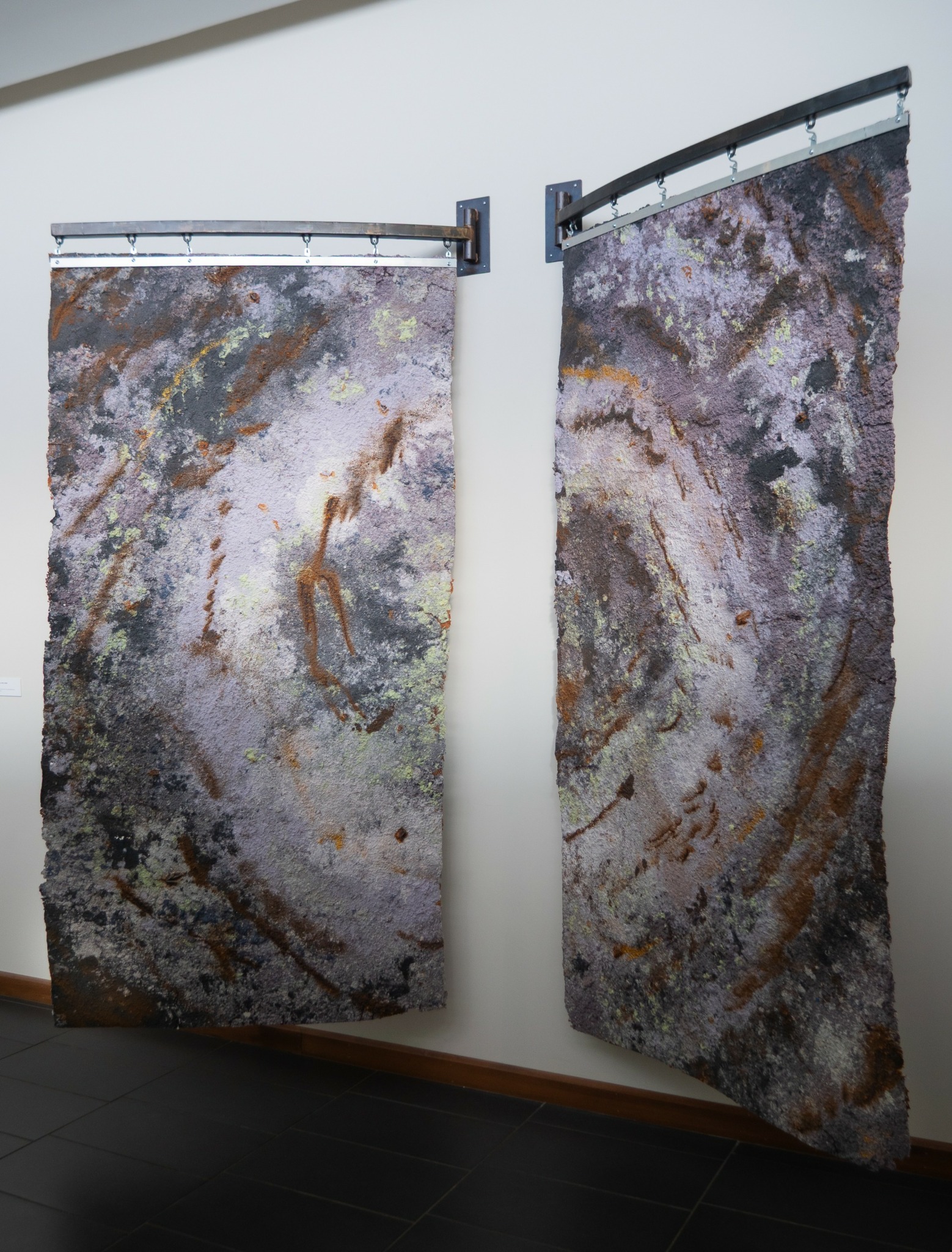
What do you think is the goal or mission that drives your creative journey?
I believe art is for everyone. Opening your practice to the public invites participation and removes barriers that many folks hold on to for no reason. The more we welcome people into our work, the more it can resonate and impact those around us. That is why I’m a professor and will often include socially engaged aspects to various projects like the “Wreath” series or my most recent work, “Forest for the trees”.
After establishing a paper production studio at Auburn for teaching and research in 2021–22, I expanded my home paper studio in 2023, designing and fabricating tools to create handmade paper on a larger scale. To achieve this, I assembled a team to assist with the heavy lifting and turned the process into a community-driven event—the Big Paper Party. In August 2023, I invited artists from Birmingham and my students to my home studio in Opelika, where we collaboratively created 4 ft x 8 ft sheets of paper. This informal gathering fostered artistic exchange, hands-on learning, and creative camaraderie. Since then, I have hosted two more Big Paper Parties, significantly expanding my ability to produce large-scale works while strengthening Alabama’s papermaking community.
While developing a travel vacuum table for papermaking, I was also planning on heading to Japan for a residency with artist Manami Ishimura. We were invited to a small agricultural community called Kijimadaira in the mountains of Nagano, Japan. Our hosts wanted us to interact with the community and include workshops with school children. “Forest for the trees: is a community-engaged work made of vacuum-formed trees using kozo and iron-coated strings, created in workshops with junior high school students and residents of Kijimadaira and Yamanouchi. Each tree was made by a different participant, coming together to form a collective forest representing the spirit of the community. The title, drawn from a common English phrase, suggests seeing the bigger picture through individual contributions.
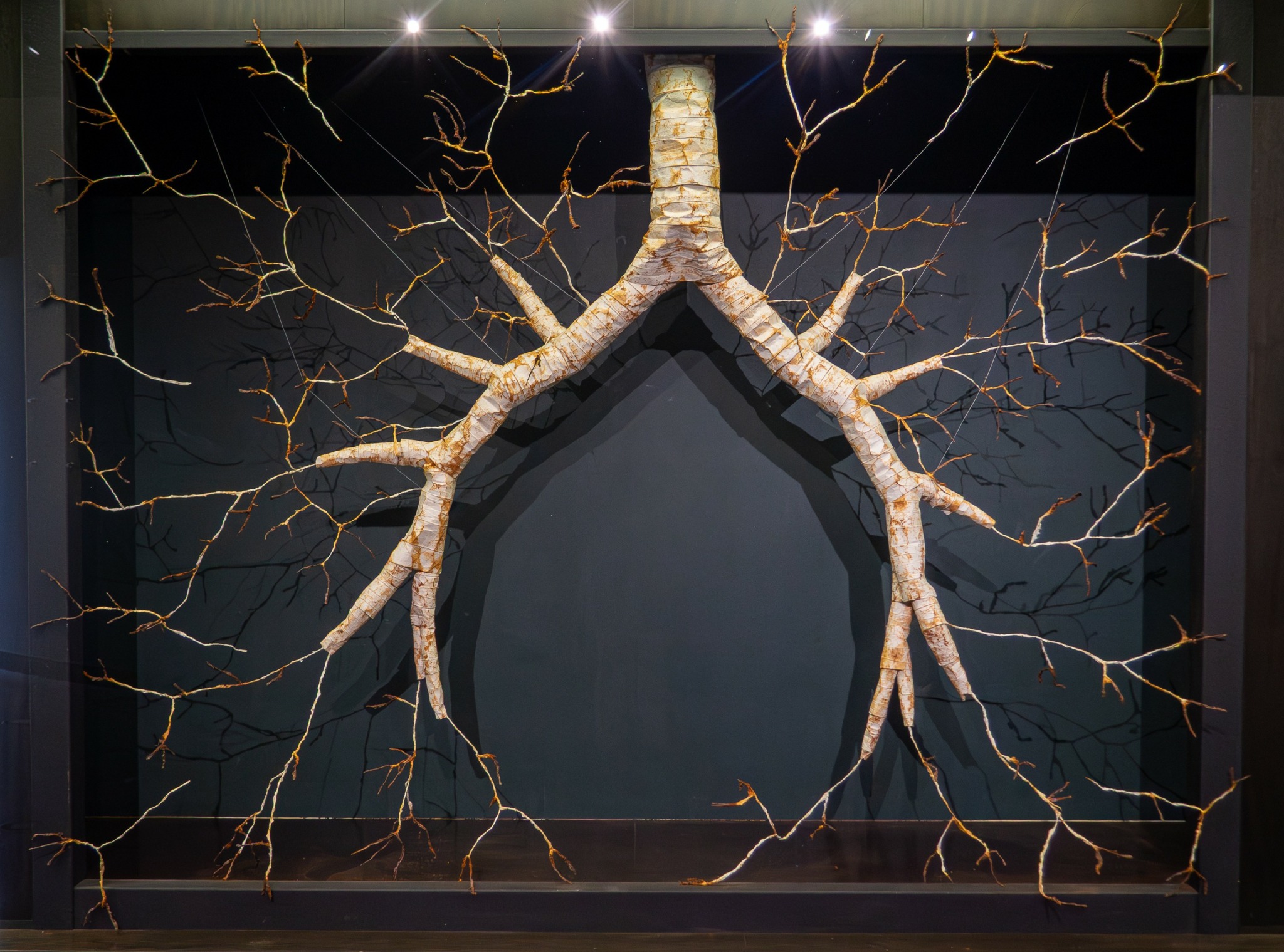
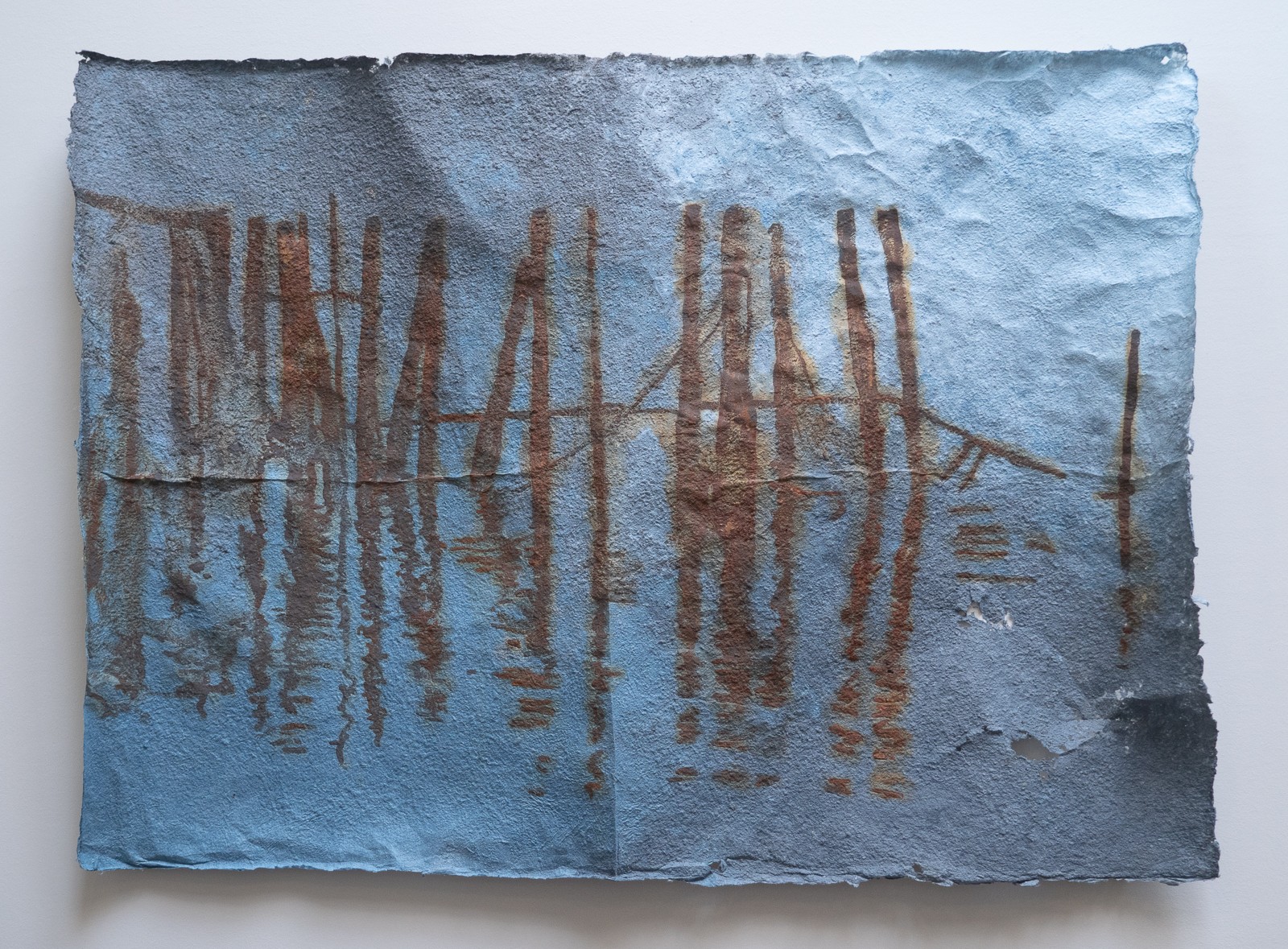
What’s the most rewarding aspect of being a creative in your experience?
I love working with others (clearly). I find teaching incredibly rewarding when I see students become empowered to build a piece after never using power tools prior to my course. I also love seeing them gain confidence and grow throughout their academic careers from freshman year to senior exhibition. It’s truly an honor to be a part of their journeys as young creatives even if they go into a range of related or non related career fields.
I am also lucky to have a long time collaborator, Jenny Hillenbrand, who I’ve worked with since 2011 under our moniker “Lifetime Guarantee”. We met at Alfred University and usually live across the country from one another. Our collaboration takes a lot of zoom calls with a few in person meetings a year. We create liminal spaces for communities to gather, reform their relationship to individual and communal value, and engage in play. In the duo, we work together across media and distance to bring together explosively fun experiences for participants, communities, and artists. Thematically focused on questioning traditional gender roles and economies, our most popular work “The Harder Barter Market” invites participants to barter their handmade goods in an energetic marketplace under the guidance of the collaborative duo. Jenny talked at length about this project in her interview, so please go check it out!
Contact Info:
- Website: https://kristentordellawilliams.art/
- Instagram: https://www.instagram.com/kristentordellawilliams/
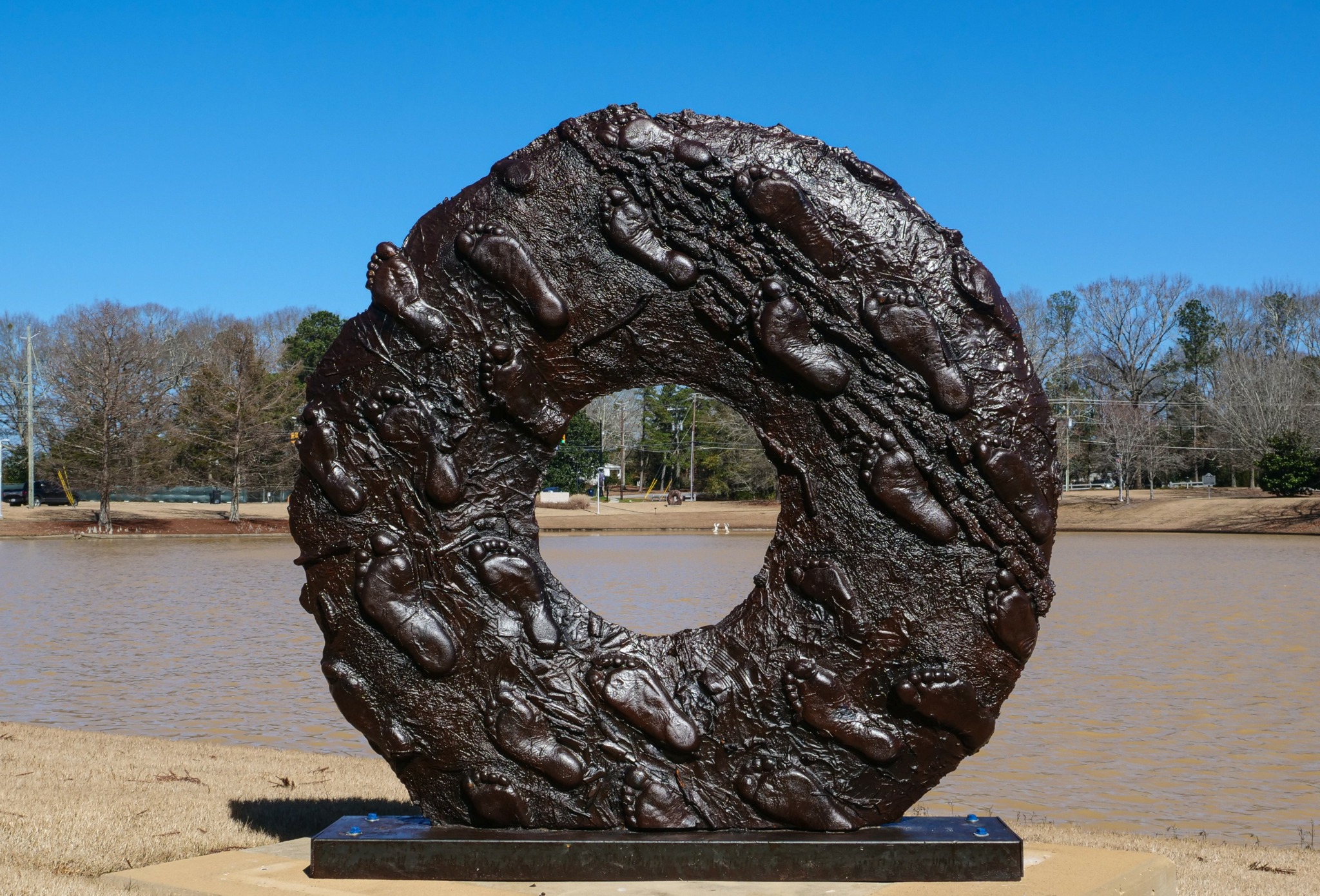

Image Credits
John David Carcache – Harder Barter Market #10, Sloss Furnaces National Historic Landmark, Birmingham, AL
Mazerick Betko – Big Paper Party #3, Opelika, AL


